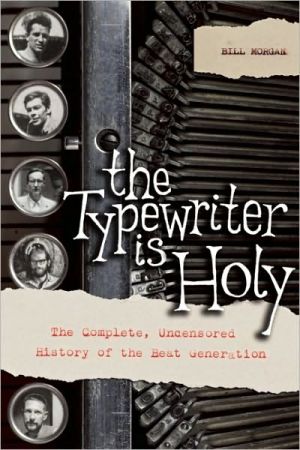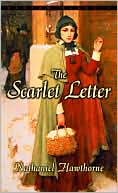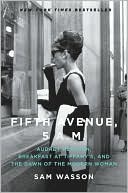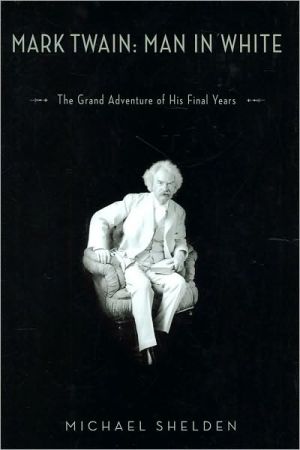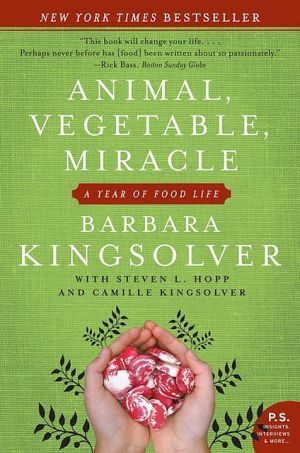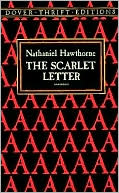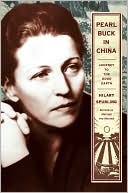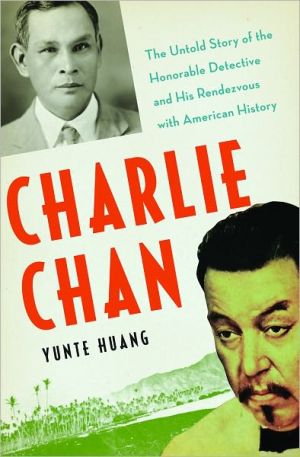The Typewriter Is Holy: The Complete, Uncensored History of the Beat Generation
Anyone who cares to understand the literary and cultural ferment of America in the later twentieth century must be familiar with the writings and lives of those scruffy bohemians known as the Beat Generation.\ In this highly entertaining work, Bill Morgan, the country’s leading authority on the movement and a man who personally knew most of the Beats, narrates the history of these writers as primarily a social group of friends, tracing their origins together during the World War II years to...
Search in google:
Anyone who cares to understand the cultural ferment of America in the later twentieth century must know of the writings and lives of those scruffy bohemians known as the Beats.In this highly entertaining work, Bill Morgan, the country’s leading authority on the movement and a man who personally knew most of the Beat writers, narrates their history, tracing their origins in the 1940s to their influence on the social upheaval of the 1960s. The Beats, through their words and nonconformist lives, challenged staid postwar America. They believed in free expression, dabbled in free love, and condemned the increasing influence of military and corporate culture in our national life. But the Beats were not saints. They did too many drugs and consumed too much booze. The fervent belief in spontaneity that characterized their lives and writings destroyed some friendships. As we watch their peripatetic lives and sexual misadventures, we are reminded above all that while their personal lives may not have been holy, their typewriters and their lasting words very much were. Publishers WeeklyThe title of this not-so-rough guide to the mid-century social circle, of which Allen Ginsberg was the center, is taken from the poet's “Footnote to Howl.” For Morgan, Ginsberg was the “locomotive” for the group of journeyers, addicts, loiterers, and seekers that came to be known, in Jack Kerouac's term, as “beats” and who would act as catalyst for the late 1950s beatniks as well as the social movements of the 1960s. As Morgan points out, this was a boys' club—the combustible William Burroughs, murderer Lucien Carr, the charismatic bisexual Neal Cassady, the incorrigible Gregory Corso, Peter Orlovsky, Gary Snyder, and others more on the fringe, like Ken Kesey—and a white one at that. In part, such could be explained by the zeitgeist, in which even (largely gay) revolutionaries were unconscious participant-prisoners. The infamous and essential On the Road manuscript consisted of attached papers fed through Kerouac's typewriter like a roll of paper in an early word processor printer, and bravely promoted by agent Sterling Lord, represents for Morgan (in a bit of a stretch) how far ahead of their time the beats were. Although Ginsberg biographer Morgan cannot deliver a firsthand account of the beat history, readers do gain some immediacy regarding the legendary lives and loves of this motley crew that changed the world. (May 11)
Acknowledgments xi\ Introduction xiii\ 1 Friendship and Murder 1\ 2 The Lumpen World 13\ 3 The Adonis of Denver 24\ 4 Insanity 34\ 5 The Subterraneans 45\ 6 Literary Lives 58\ 7 The Name of a Generation 72\ 8 To the West Coast 81\ 9 Nightmare of Moloch 91\ 10 The Six Gallery 101\ 11 Desolation and Loneliness 111\ 12 Censorship and Vindication 122\ 13 Fame 133\ 14 The Threads Loosen 148\ 15 The Circle Widens 158\ 16 Cut-ups 168\ 17 Bitter Fruits 180\ 18 Setting the Global Stage 192\ 19 A Culture Turned Upside Down 201\ 20 The Sixties 214\ 21 The End of the Road 226\ 22 Aftermath 231\ 23 Respectability 238\ 24 Acceptance 244\ 25 Postscript 247\ Source Notes 251\ Selected Bibliography 265\ Index 275
\ Publishers WeeklyThe title of this not-so-rough guide to the mid-century social circle, of which Allen Ginsberg was the center, is taken from the poet's “Footnote to Howl.” For Morgan, Ginsberg was the “locomotive” for the group of journeyers, addicts, loiterers, and seekers that came to be known, in Jack Kerouac's term, as “beats” and who would act as catalyst for the late 1950s beatniks as well as the social movements of the 1960s. As Morgan points out, this was a boys' club—the combustible William Burroughs, murderer Lucien Carr, the charismatic bisexual Neal Cassady, the incorrigible Gregory Corso, Peter Orlovsky, Gary Snyder, and others more on the fringe, like Ken Kesey—and a white one at that. In part, such could be explained by the zeitgeist, in which even (largely gay) revolutionaries were unconscious participant-prisoners. The infamous and essential On the Road manuscript consisted of attached papers fed through Kerouac's typewriter like a roll of paper in an early word processor printer, and bravely promoted by agent Sterling Lord, represents for Morgan (in a bit of a stretch) how far ahead of their time the beats were. Although Ginsberg biographer Morgan cannot deliver a firsthand account of the beat history, readers do gain some immediacy regarding the legendary lives and loves of this motley crew that changed the world. (May 11)\ \ \ \ \ Library JournalMorgan (I Celebrate Myself: The Somewhat Private Life of Allen Ginsberg), the author of several books on Beat literature, takes his title from Ginsberg's Howland employs a wide focus to portray the remarkable group of writers and artists that became known as the Beat Generation. He suggests that Jack Kerouac, Lawrence Ferlinghetti, Gary Snyder, Gregory Corso, William Burroughs, and others had such divergent aims and styles that they cannot properly be considered a literary movement. Instead, he sees them as a circle of friends who loved literature and were united by Ginsberg. The book traces their entrances to and exists from one another's lives, documenting their involvement with forces that were to reshape American society in the second half of the 20th century, including the freespeech, antiwar, gay liberation, and environmental movements. VERDICT Morgan makes a strong case that Ginsberg was the glue that held the group together. A solid contribution to Beat studies, this lively history will interest scholars and general readers alike. Highly recommended.—William Gargan, Brooklyn Coll. Lib., CUNY\ \
